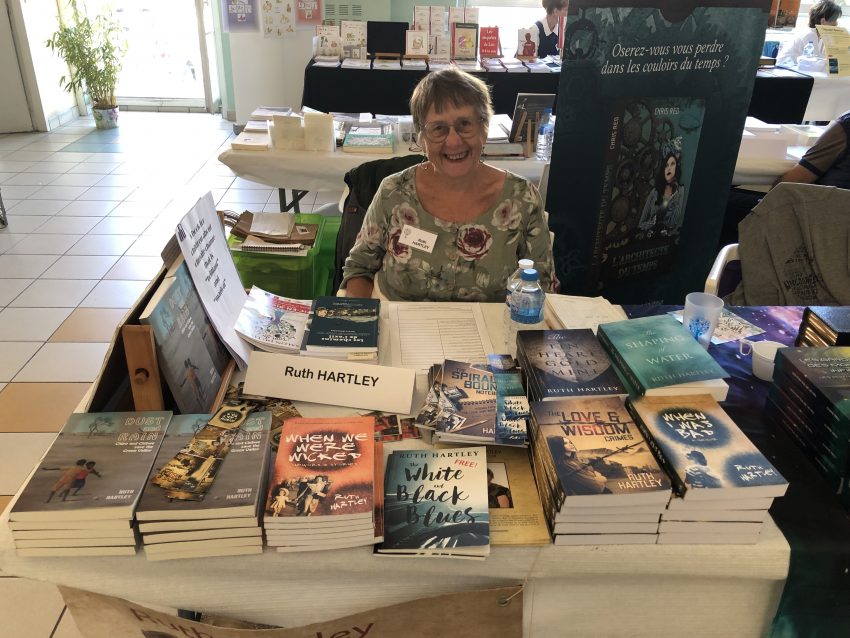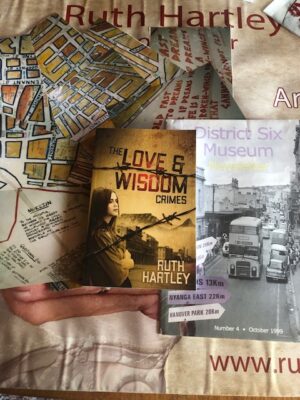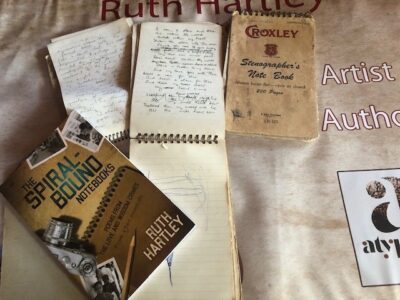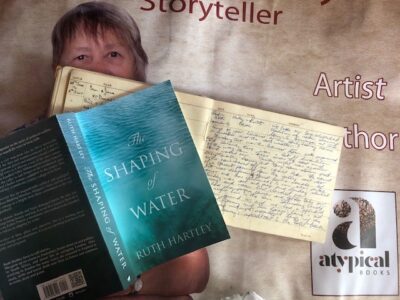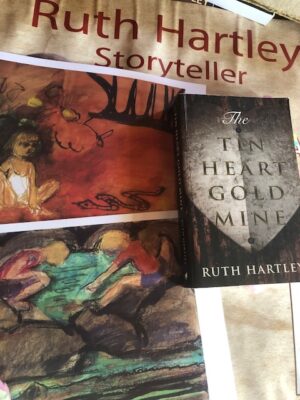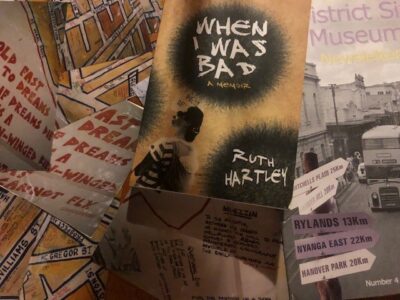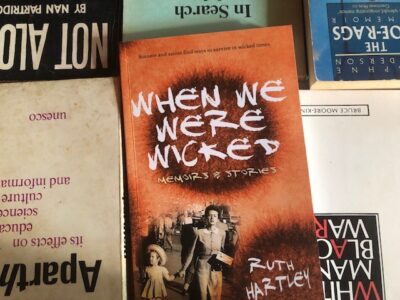Right now, my stories are in danger of vanishing from the world.
Does that matter? Ought I stop them from disappearing? Does anyone care, except me?
This is how I often feel, as I know many authors do, after a long day of marketing discussions, or time spent following up with publishing and distribution contacts, rather than writing!
My stories are all available on Amazon and, of course, I have learned over time that many people do care. For each person who comments on my blog or writes to me, there are several more readers who appreciate them.
Yet I’m sure that the history and experiences and ideas in my stories could resonate with an even wider audience. If any of my books have meant anything to you, I would love to hear your ideas about how to promote them. You can comment on this post and possibly start a useful discussion with others, or Contact Me privately.
Here is my account of why I wrote my stories and how much of my life they’ve taken up. I’ve listed the books not in their order of writing or publishing, but in the order that I first conceived them.
The Love and Wisdom Crimes (2019)
In about 1970, I tentatively started The Love and Wisdom Crimes. It tells a fictionalised version of my life in Cape Town five years earlier when I was politically involved and became pregnant at 21 years.
1970 wasn’t a safe time to tell that political story and would have damaged people I cared about. It would be another 24 years before apartheid ended, but it was an essential story for me because of the trauma and fear I endured at the time.
I completed The Love and Wisdom Crimes in about 1996. Apparently, it wasn’t marketable then as no publisher wanted a 30-year-old story by a white African at that time. It ended up many years later as my third published book.
Passing time changed the perspective and some content, but The Love and Wisdom Crimes is still an important historical novel about a vanished world, which should be in South African libraries and the District Six Museum.
The Spiral-Bound Notebooks (2019)
This collection of poems dates from my school days. In fact, the poems in The Spiral-Bound Notebooks served as my notes and the foundation for The Love and Wisdom Crimes. The poems also give an account of my life in Lusaka.
Most of the poems in this chapbook come from my life in South Africa and Zambia. Some I wrote in secret during my married life in Zambia. I hid them in a blue folder in the spare room that doubled as my sewing room and writing study.
My notebooks contain not just the marks of a pen, but the living memories that glued me and my soul together as I journeyed through life. I really don’t know how they survived for so long.
Sometimes all that a refugee or a migrant can carry from home are the words and music of a song. The Spiral-Bound Notebooks is a collection of some of mine.
Dust and Rain: Chipo and Chibwe Save the Green Valley (2022)
Dust and Rain was published by Gadsden Publishers in Lusaka, Zambia.
This is my latest published book. I started it in 1993 after the birth of my grandson, Stephen Kupakwesu Bush. It began as a children’s picture book set in Zambia, about the importance of trees and with my grandson as the hero.
I’ve always been passionate about the environment and at that time it seemed reasonable to believe that my family’s connection with southern Africa would remain.
The book is much changed but Dust and Rain: Chipo and Chibwe Save the Green Valley is now an even better story. Anyone with concerns about climate change should advocate for this book.
The Shaping of Water (2014)
I collected facts and ideas and made notes for this epic story over decades of my life in Zambia.
Although centred on a holiday cottage on Lake Kariba, The Shaping of Water is powered by the politics and environmental concerns of the protagonists.
No one has yet told a similar tale. I was driven to write it before that part of history was forgotten forever and The Shaping of Water has been acknowledged to be a significant Zambian historical novel.
Though on par with Barbara Kingsolver’s The Poisonwood Bible, I was unable to find a publisher in the UK. Nevertheless, I believed in it so much that I committed to the long and arduous journey of self-publishing. It was the first of my books available to the world and I was extremely proud when I at last held in my hand The Shaping of Water in its beautiful blue cover!
The Tin Heart Gold Mine (2017)
This novel is about the impact of centuries of European wars on Africa. The Tin Heart Gold Mine is also about the fact that making art is not decoration, but an act of empowerment, defence and war in the fight for a better world.
A love story and an adventure story, The Tin Heart Gold Mine is set in a remarkable wild environment. I know this land intimately and I have tried to convey the love I feel for it.
I’m an artist as well as a writer. My art and writing engage with human rights and environmental issues so this story comes from my heart.
The Tin Heart Gold Mine is a complex, nuanced and entirely believable story. It is also unique.
When I Was Bad: A Memoir (2019)
I wrote my memoir When I Was Bad for a beloved daughter, but I believe it is important knowledge for my whole family. Stories are lost when people die, and I will die soon enough.
Families disintegrate and fight. Too often children don’t ask questions of their parents, but telling the truth matters, even if only to one person.
A memoir is a personal account. I did my best to be truthful, kind and self-critical, but these are only my experiences seen through my eyes and told by me. If you wish to judge me by what and how I write, it stands with my other stories, so read them all before you decide.
Perhaps you want to know why I wrote my books and to what extent they reflect the person I am and expose my own life? I do believe that the most gripping stories come from life experiences and personal passions. However, while When I Was Bad is a memoir, that doesn’t mean that all of my stories have an autobiographical element hidden inside them.
When We Were Wicked (2021)
When We Were Wicked is a collection of short and very short stories written over many years. They are funny, acerbic, thought-provoking, sad and all are worth reading. Most are linked by their setting in a past Africa.
There are also two short memoirs in When We Were Wicked of extraordinary and painful events. One is about the trial of a murderer in my family. The other is about Robert Mugabe’s massacre of thousands of Ndebele in Zimbabwe.
The changing world of book publication and marketing
In my last post, I wrote that novels are important to people and suggested why that’s so. It’s a challenging time for stories and novelists in a fast-changing industry. People read on tablets and screens and constantly consume visual images and films.
Books made of paper and card may disappear in our digital world. Even so, the stories that people write keep multiplying in such numbers that it’s impossible to see how readers can find them.
Marketing my stories is difficult and, like most writers, I don’t earn any money from them. I have, however, decided to keep my books alive and I continue to write stories and poems. You can find them on Amazon as paperbacks and eBooks.
There are many people I’m grateful to for their help with my stories. First and most of all, my husband John Corley. Also Fay Gadsden of Gadsden Publishers, Daniel Sikazwe, Troubador Publishers and Spiffing Covers, Nikki Ashley, a brilliant editor, and so many other skilled and professional people.
